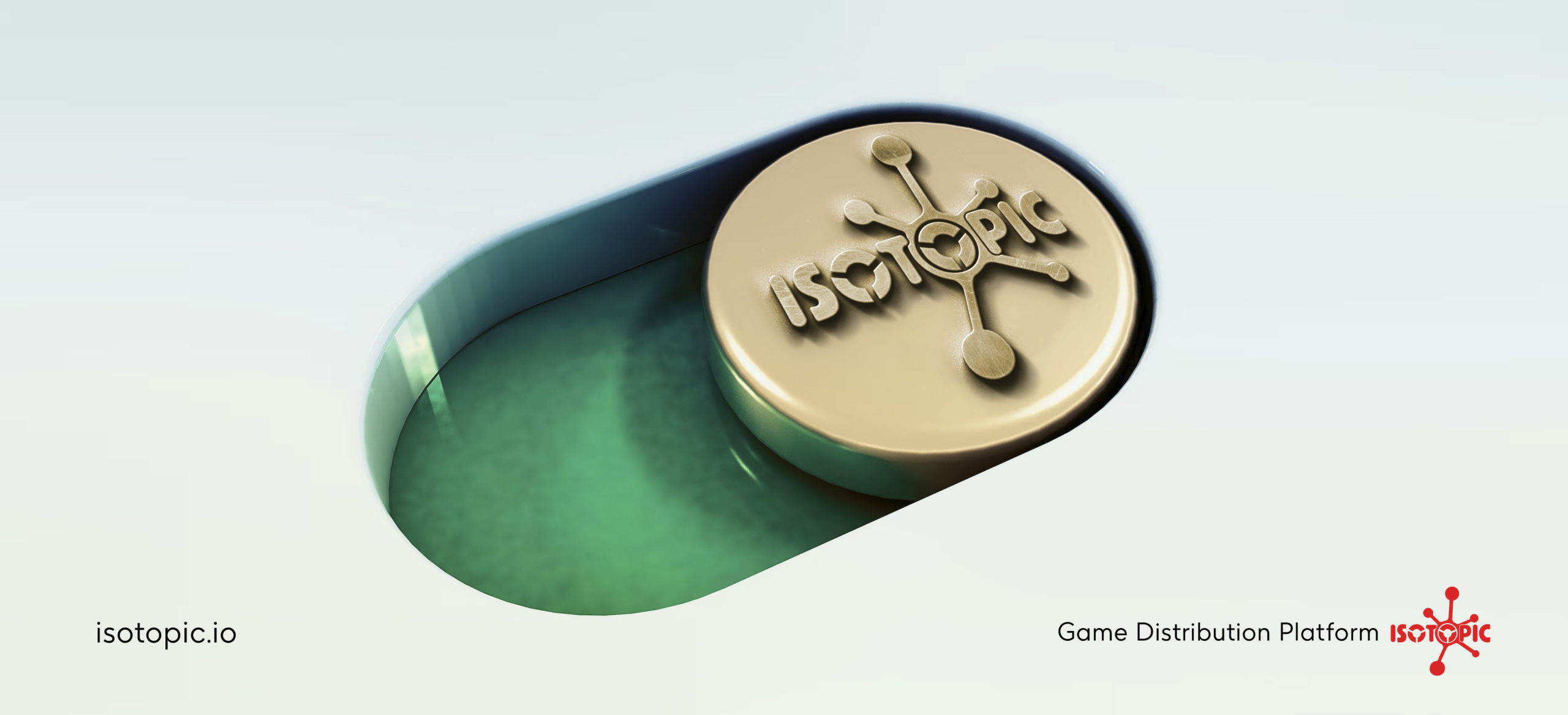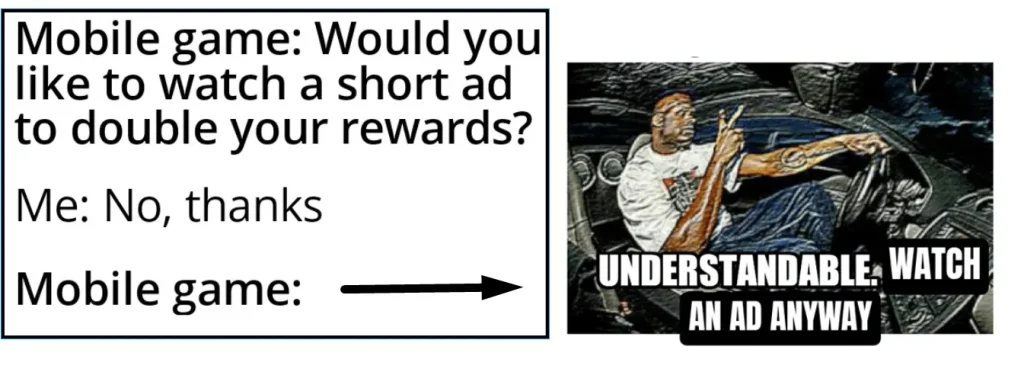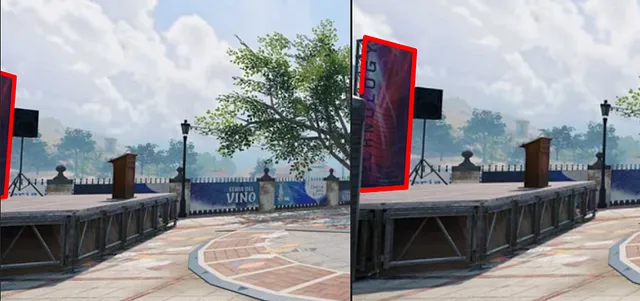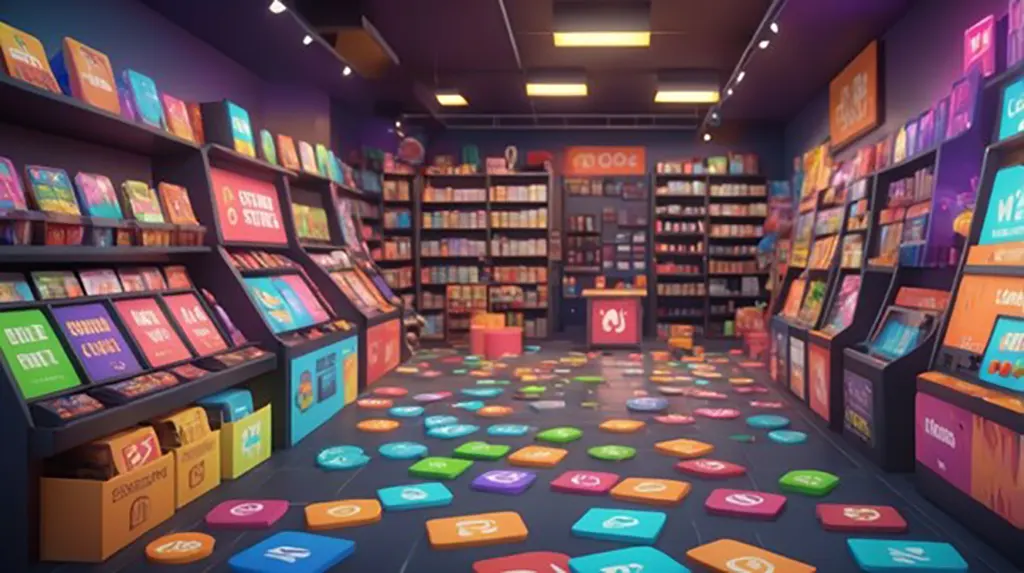
How to stop on-screen Ads
If you’ve played any free mobile games recently, you might have noticed a very tiny detail. That they are FILLED to the brim with ADS!

- Lost in-game? Watch an Ad to revive.
- Not enough coins to buy something? Watch an Ad to earn 20 coins.
- Want to start the game? Watch an Ad.
- Want to … – Watch an Ad.
No wonder that mobile games make the biggest part of their revenue through in-game advertisements. And because (almost) everyone does it, the user is faced with the options of either submitting to the ads, or just not playing at all.
Can this problem be solved?
The answer is yes, given enough time. The issue is that as long as companies make profit by doing it, and keep their high user engagement, and number of downloads, they just do not have a reason to stop.
A potential solution to this problem, is to introduce an alternative advertising method for game developers.
This technology already exists, and it is the integration of advertisements as non-disruptive product placements inside of the game worlds.

Well, maybe a plane flying over you with an advertisement to buy some product is a bit intrusive. But it doesn’t have to be.
The idea is that instead of putting the ad on top of the screen, filling most or all of it, you place it inside of the game world, in a 3D model that blends with the environment.
This can be done either through banner-like ads on billboards, signs, graffiti on walls, and other 2D spaces of the world, or through direct product placement of the model, e.g. placing a branded keyboard on the player’s virtual room.
Solution that empowers free PC games
One issue of the standard on-screen advertisements, is that they cannot be used in a videogame made for PC. While hyper-casual mobile game players can tolerate some ads, it is a totally different experience when it comes to playing on desktop, where the games typically have higher quality, longer gameplay, and more immersion.
However, with in-game integrated Ads, the immersion is not ruined, as the developer can customize where they are placed, and make sure they fit into the game world, and seem indistinguishable from the rest of the game’s world.

Why is this not the standard?
This idea is definitely not new, and has been implemented many times, from lower-end indie titles, to AAA games.
The reason it is not fully adopted is because there are some issues with the generalization of pricing for this sort of ad placement, and because there are not many agencies that can provide this sort of service.
Tracking user engagement
It is difficult to measure how the user interacts and engages with the ads in 3D space. It’s not just a matter of if the ad appeared on screen, but also how long, how much of the screen it takes, and how the player’s character reacts to it, among other things.
Fraudulent Integration Attempts
Standard on-screen ad solutions can be easily implemented by developers without any outside attention, as they are almost impossible to trick by cooking engagement numbers.
In 3D space the solution is difficult because the developer has access to how they are displayed and can potentially find exploits.
Requires extra work to manage listings
With on-screen ads, a client who wants to advertise only has to send the video/image, texts, and links to the agency, and the agency can distribute it to all games connected to the network.
With a 3D placement, in order to keep immersion, the ad’s graphic must match the surrounding style, and the advertiser must check the placement, and confirm that it will be effective. It’s much like renting a billboard space in real life, where the location, and many other details matter.
Pricing varies, difficult to predict analytics
With on-screen ads, the cost is proportional to the amount of engagements/views expected, and the duration of the campaign, among other easily traceable metrics.
In a 3D world, this cannot easily happen. User views are not easily quantifiable. Take this for example:

On the left side, almost half of the banner is on the screen, but the player certainly is not influenced by it, while on the right side, almost all the banner is in sight.
There are many different things at play here, which all need to be tracked and measured in a quantifiable, optimized, and objective way. Here are some examples of metrics that influence what a “view” might be considered as in a 3D ad integration:
- Area of the screen taken by the ad.
- Time duration of ad being in-frame.
- How the player’s motion is affected by the ad appearing in frame (Machine Learning and AI can help measure this).
- Ad clicks, interactions.
- User deviating from the standard game’s path to check out the ad.
As AI technologies evolve, it might prove to be a task that can easily be handled by them, as the free movement that the player can have in a 3D environment can be affected in many different ways by an ad, and can be used to measure engagement.

Who is going to make this happen?
There are some agencies that are offering this solution on a per-client basis, but to the writer’s knowledge, there isn’t any active solution that offers this service to everyone, with a simple, intuitive integration for developers.
At Isotopic, we are working towards creating this solution, and offering it to our game developers. With the help of an experienced advertisement agency, we will see a simple integration, allowing developers to integrate these ads into their game worlds.
Advertisers will be able to easily see where their content will be displayed, receive engagement analytics from previous displays, and complete pricing details, receive good results compared with the standard on-screen approach.




